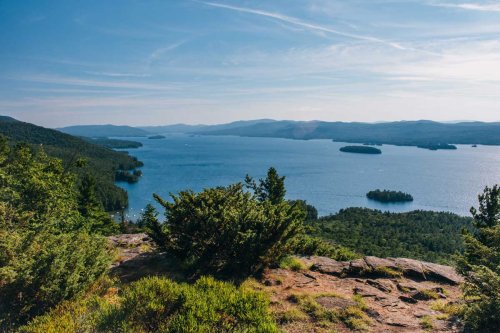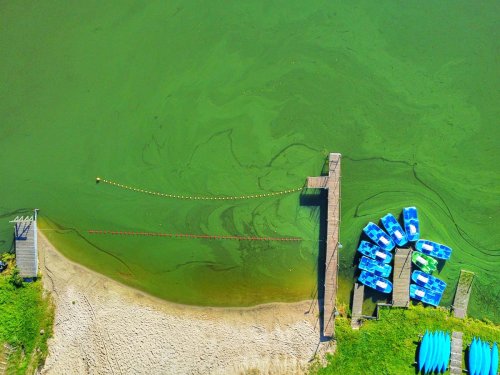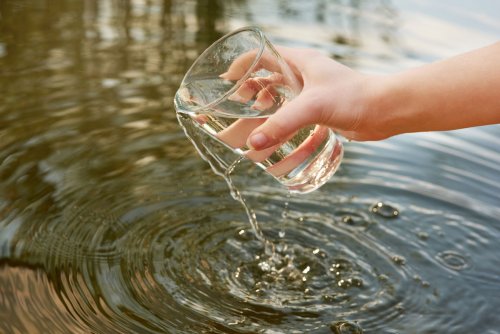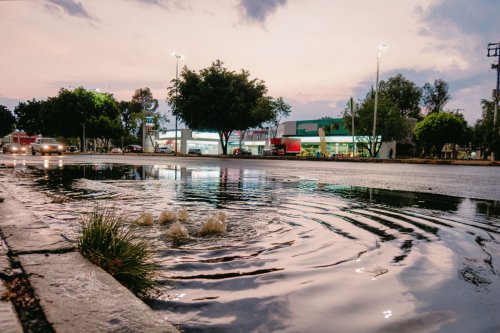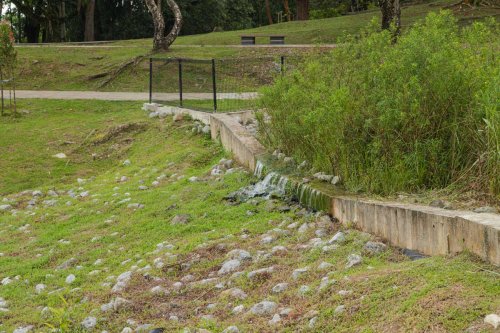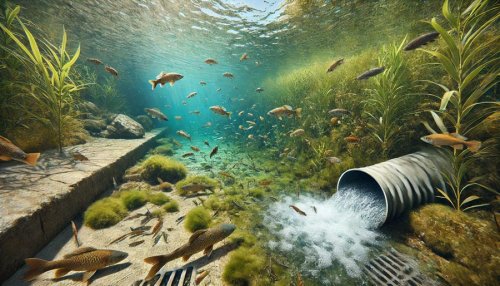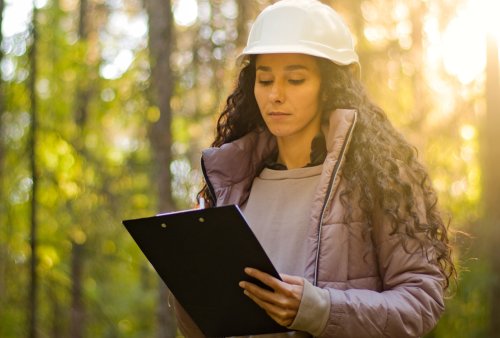Understanding the Water Cycle’s Role in Watershed Health
The water cycle isn’t just a concept from science class. It’s the life support system for every watershed. By understanding and respecting this cycle, communities can make smart decisions that keep water clean, ecosystems healthy, and people safe. Watershed health and the water cycle are two sides of the same coin, and both deserve our attention.
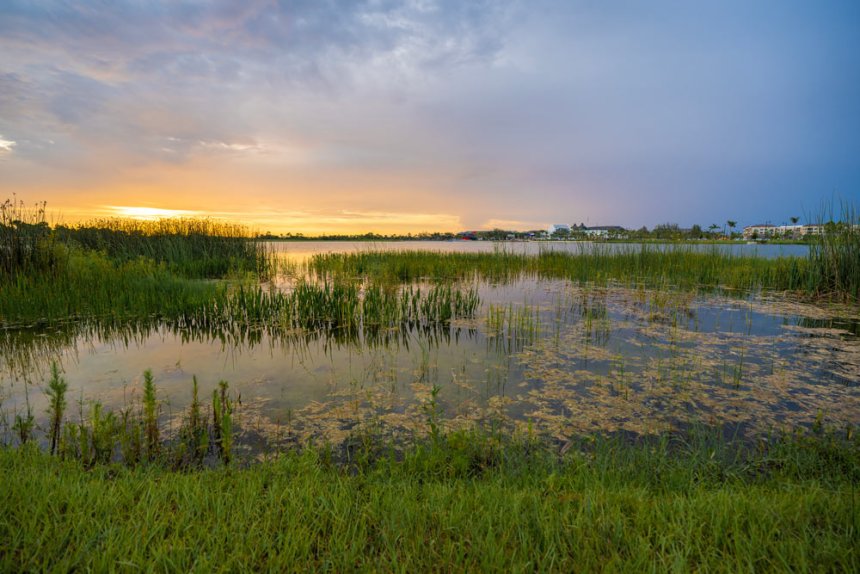
Watersheds are essential ecosystems that collect, store, and channel water across the landscape, ultimately feeding into rivers, lakes, and oceans. At the heart of every healthy watershed is the water cycle - the continuous movement of water through the atmosphere, land, and underground reservoirs. Understanding how this natural cycle functions helps us better protect our water resources and the communities that depend on them.
The Water Cycle: A Quick Refresher
The water cycle (also called the hydrologic cycle) describes the path water takes as it moves through the environment. It includes key processes such as:
Evaporation – Water from lakes, rivers, and oceans turns into vapor and rises into the atmosphere.
Condensation – That vapor cools and forms clouds.
Precipitation – Water returns to the land as rain, snow, or sleet.
Infiltration and Percolation – Some of the water soaks into the ground, replenishing aquifers.
Runoff – Excess water flows across the surface, often into streams and rivers, eventually making its way back to larger bodies of water.
This cycle is powered by the sun and regulated by natural features like vegetation, soil types, and topography.
Why the Water Cycle Matters to Watershed Health
Maintaining Streamflow and Aquifer Recharge
A healthy water cycle keeps surface water and groundwater systems in balance. When precipitation infiltrates the soil, it recharges aquifers that supply drinking water and maintain base flow in streams during dry periods. Without this balance, streams can dry up and aquifers can be depleted.
Supporting Biodiversity
The cycling of water provides essential habitat conditions for plants, fish, amphibians, and other wildlife. Wetlands, for example, depend on seasonal fluctuations in water levels to support species diversity. Disruptions in the cycle, such as reduced infiltration from too much pavement, can shrink these habitats and put species at risk.
Filtering and Cleaning Water
As water percolates through soil and vegetation, natural filtration processes remove pollutants, sediments, and nutrients. This is especially important in forested or vegetated areas of the watershed. When the water cycle is interrupted (say, by deforestation or urbanization), this self-cleaning process is weakened, leading to lower water quality.
Preventing Flooding and Erosion
A well-functioning water cycle absorbs rainfall and slows runoff, reducing the risk of flash floods and soil erosion. Healthy watersheds have ample vegetation and permeable surfaces that act like a sponge. When these features are lost, water moves faster and more forcefully, carving out streambanks and overwhelming stormwater systems.
Human Impact on the Water Cycle
Land development, climate change, and pollution all affect the water cycle in ways that can harm watershed health. Examples include:
- -Impervious surfaces like roads and parking lots block infiltration and increase runoff.
- -Deforestation removes trees that return moisture to the atmosphere and anchor soils.
- -Climate change alters precipitation patterns and increases extreme weather events, throwing natural rhythms out of sync.
What Communities Can Do
To protect and restore the water cycle within a watershed, communities can:
Encourage green infrastructure (rain gardens, permeable pavement, bioswales).
Protect and restore wetlands and forests.
Support stormwater management policies that mimic natural hydrology.
Educate residents on how their actions, from lawn care to construction, affect water movement and quality.
The water cycle isn’t just a concept from science class. It’s the life support system for every watershed. By understanding and respecting this cycle, communities can make smart decisions that keep water clean, ecosystems healthy, and people safe. Watershed health and the water cycle are two sides of the same coin, and both deserve our attention.









